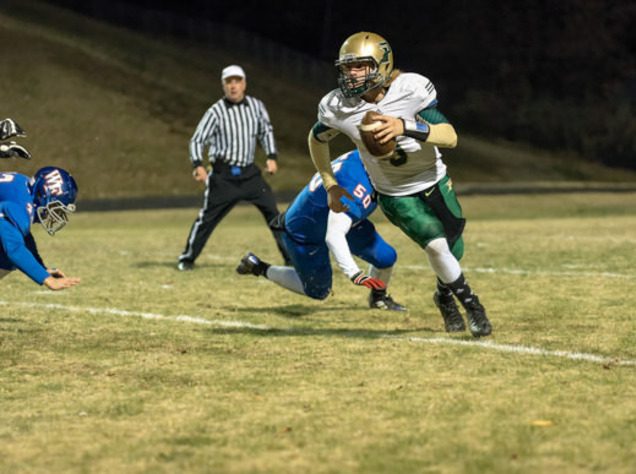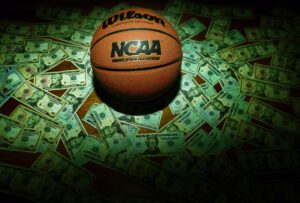Before Michael Vick in the early 2000’s, the idea of a running quarterback was a mostly dormant, inconclusive notion. Sure, there were fast, tricky scramblers like Randall Cunningham, Steve Young, and Bobby Douglass, who first featured for the Chicago Bears over thirty-five years ago, but the thought of calling a running play for the quarterback was unheralded. For many teams, the quarterback is their most expensive and fragile asset — a season-ending injury at the position would, inevitably, end that team’s season as well. And so it was, for roughly eighty years, that the quarterback threw and handed the ball off, fleeing the pocket only when pressured and sliding down whenever a defender got within five yards of them. To call Vick an absolute revelation would be an immense understatement, but he fizzled out after legal trouble and so did the idea of a sustainable, running QB. That is, until 2011 when the Carolina Panthers selected Cam Newton and flipped the entire script on its head.

Newton’s emergence as an agile, able, and consistent runner led him to an incredible 14 rushing touchdowns and a nearly unanimous Rookie of the Year award. In fact, Newton scored just three less rushing touchdowns than the league leader, LeSean McCoy. The new-found success, of course, led to copycats in the form of Colin Kaepernick, Russell Wilson, and the 2012 Rookie of the Year, Robert Griffin III. In 2015, Oregon’s Marcus Mariota was picked second in the 2015 NFL Draft after carving up the NCAA for 770 yards, 15 touchdowns and a National Championship appearance.
Simply put, the mobile quarterback is here to stay — but why is it so effective? For starters, it’s another weapon the defense must worry about. If a quarterback has an effective runner behind him, like Wilson has with Marshawn Lynch, the defense must consider all options: the pass, rush, or a designed run for the quarterback. Typically, teams will run misdirections in order to create space in the open field. Check out this gif of Kaepernick torching the Packers’ poor run defense in the 2013 Playoffs:

At first, pay attention to the Packers’ defensive backs, once they see the assumed handoff to Frank Gore, they all collapse on him. Nearly every player on the defensive unit is sucked back towards the middle and away from the sidelines, a very deliberate design from San Francisco. Kaepernick takes off towards the right sideline and takes most of the Green Bay unit a few seconds to react to the misdirection, but by then it’s too late.
The Renaissance All in all, Kaepernick rushed for 181 yards and 2 touchdowns on 16 carries in that game. Thanks to his effectiveness on the ground, was able to punish the Packers as he piled up an additional 263 yards and 2 touchdowns through the air. Clinical, purposeful, and directed, a mobile quarterback can create so many problems for defenses as they can’t always prepare for every possibility on every play. In this video, the NFL on Fox crew discusses how the intentionally scrambling quarterback has changed the league forever.
Additionally, a dual threat quarterback can extend a play far past its expiration date. For as good as Peyton Manning and Drew Brees are, once their pocket collapses, it usually amounts to a sack and a loss. However, for this new breed of athlete, the mobile quarterback can stay alive, probe for space and either take off or find a wide receiver once the play breaks down. Even for the most elite of corners, attempting to guard and read a wide receiver for anything past five seconds becomes incredibly difficult. The extra time on his feet may translate to an open receiver or a lane for him downfield.
(Related: Read about how you can work out like Julian Edelman here.)
Huddle Up
Becoming a dual threat quarterback isn’t easy, it takes tons of hard work and film study, but it could transcend your game at any level. From its extra responsibility for defenses to their ability to extend plays, the dual threat quarterback will only grow bigger. Try hiring one of CoachUp’s private trainers to work on reading defenses and finding the best opportunities to take off into space. What are you waiting for?
Be prepared for the biggest moments by mastering the small ones off the field.
How useful was this post?
Click on a star to rate it!
Average rating 0 / 5. Vote count: 0
No votes so far! Be the first to rate this post.



